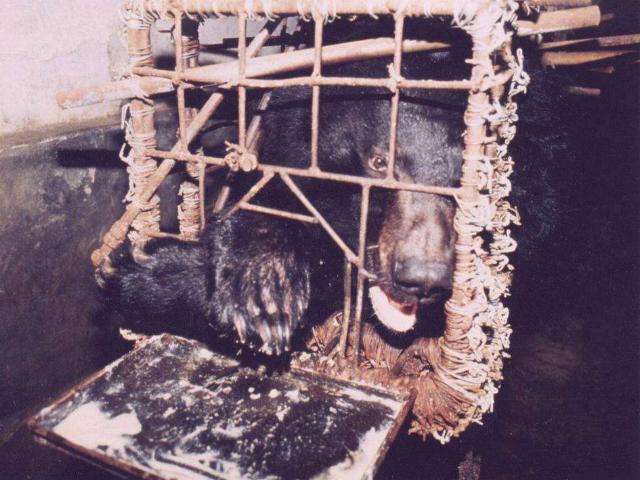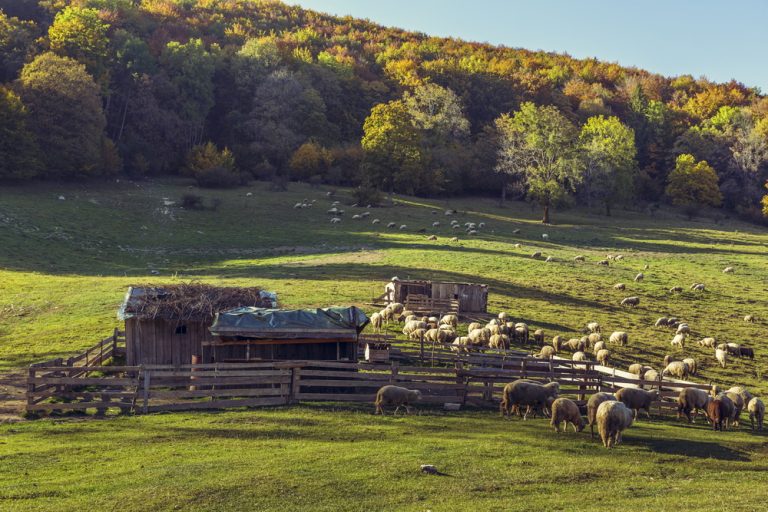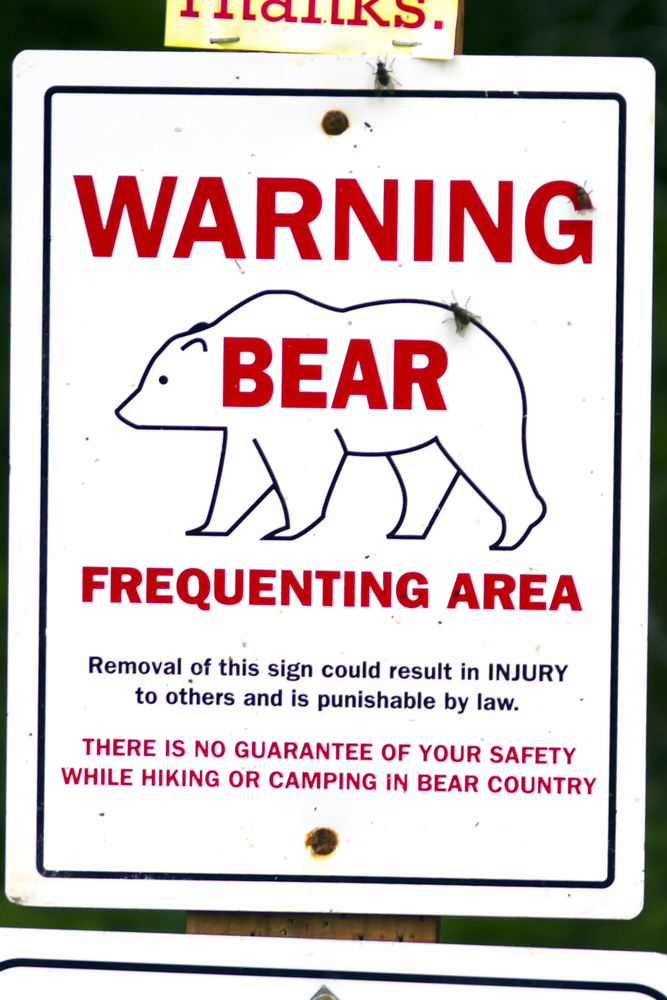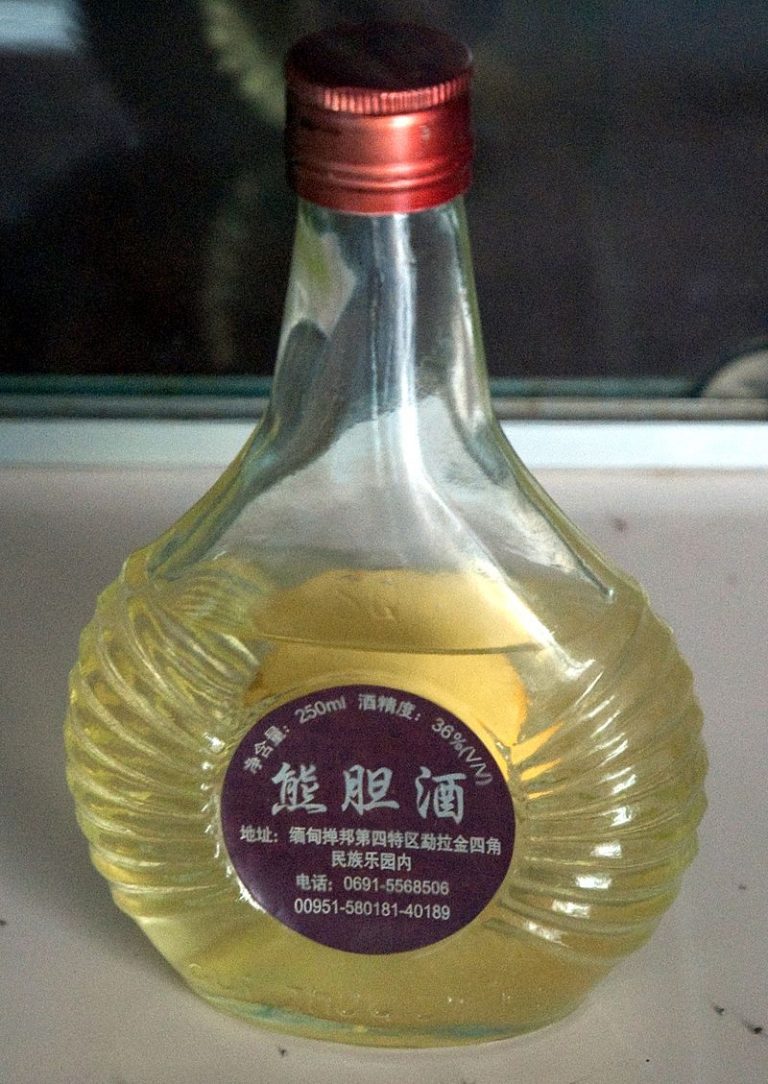A Look Inside China’s Bear Bile Farming Industry
China’s Bear Bile Farming Industry may be winding down but the practice has spread to other neighboring countries.
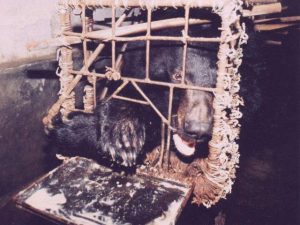
When most of us think of bears, we imagine them as free wild creatures that roam undisturbed throughout the mountains.
However, this is far from the truth. The reality is that in parts of Asia, there are over 12,000 imprisoned Asiatic black bears and Sun bears on bear farms.
These bears are captives because of an increase in demand for bear bile. Over the past three decades, this trend led to the adoption of extracting bile from living bears.
These poor creatures are caged and milked daily. Bear bile farming was initially viewed as a positive method for controlling and satisfying the public’s demand for bile.
In addition, the goal was to protect China’s populations of wild bears from poaching. But instead, the practice of bear bile farming has resulted in the commercialization of bear bile products. The result is an increase in illegal bear killings.
From China, bear bile farming spread to other countries like Vietnam and Laos.
How Did Bear Bile Farming Start?
Although the recognition of bear bile farming as an industry first began in China in the 1980’s, the use of bile in traditional Chinese medicine has been a common practice for 3,000 years.
To understand why bear bile farming is a problem in China to begin with, it is important to first understand how it came about in the first place.
In the early 1940’s populations of wild bears began rapidly diminishing in China due to over-hunting. To solve this problem, the idea was to extract bile from living bears instead of killing them first so as to stabilize diminishing bear populations.
From this idea, commercial bear bile farming found its roots and was encouraged by Asian governments. They believed this technique would boost the economies of poverty stricken regions.
By the 1990’s there were 400 registered bear farms in China alone.
What’s So Special About Bear Bile?
The gallbladder of bears contains a yellow liquid called bile. This liquid helps to digest fat.
People have used this bile in Asian medicine for thousands of years.
Bear bile is unique in that it contains high levels of ursodeoxycholic acid (UDCA). Which is why for centuries, it has been used to “cure” various illnesses. Such illnesses include fever, heart disease, liver problems, gall stones, and more.
However, though research shows that it does alleviate some liver conditions, bear bile shows no effect on other conditions it’s commonly sold for. These conditions range from hangovers to even cancer!
The Asiatic black bear and the Sun bear are the main targets for the bear bile farming industry.
How Is The Bear Bile Extracted?

When we picture milking bears, many of us may imagine a process similar to that of milking a cow or goat. After all, how many different ways can you milk a mammal? However, these bears are put through a much more painful process.
Imagine a bear forced into a tiny cage (2.5 feet x 4.2 feet x 6.5 feet to be exact). In fact, the cages are called “crush cages” because the animal can’t turn, stand up straight, or move about much.
The bear is lying on its back, weak and malnourished as a catheter drains the fluid from its gall bladder. It isn’t a pretty picture, yet it happens in towns all across Asia.
Some of these bears have to endure such conditions for upwards of 20 years before they die or get rescued.
These bears can typically fight animals as ferocious as tigers and run/swim long distances without pausing. Keeping them in this position for years is beyond cruel.
Efforts To Fight The Trade In Bear Bile
Although the collection of bile through catheter was banned by the Chinese government in 1996, more recently developed collection techniques have proven just as inhumane.
In fact, infection and mortality rates have increased, because of new methods which permanently open a canal from the gallbladder allowing the bile to freely drip out. Add poor sanitary conditions to the mix and you have bears that are vulnerable to infections and parasites.
The few bears that are rescued are found malnourished and have had their teeth and claws removed. Although the practice of bear farming was originally adopted to protect wild populations from poaching, it has recently become clear that it has stimulated the demand for bear bile as a result of lowered prices.
Forcing such an active animal to remain in a constricted enclosure with a dripping wound is a disturbing reminder of human disregard for animals.
Is There Any Hope For Asia’s Imprisoned Bears?
Despite pressure from animal activist groups to ban the practice of bear farming, bear farms are still able to prosper in regions of China due to increasing demand for bear bile. This demand is powered by a flourishing international illegal trade.
However, measures have been put into place to halt the practice of bear farming and to decrease the amount of bear deaths due to poaching. For example, Animals Asia Foundation (AAF) has led the fight in rescuing bears in bear-farming nations since 1993. Their negotiations and public awareness campaigns have led to the closing of bear farms across China.
In 2000, AAF proposed an agreement with Chinese officials aimed at rescuing 500 bears, with the goal of eventually ending bear farming in China. This agreement led to the government decision to end the issuing of new bear farming licenses.
Vietnam has also outlawed bear bile farming.
Unfortunately, despite all these efforts bear farming is now spreading to other countries: like Laos, for instance. And although a record number of bears were rescued this year, many conservationist groups worry the situation will only get worse.
Anyone can take action in ending bear farming by participating in public awareness campaigns.
To date, few people are aware of the popularity of bear farming in Asia. Therefore, education and awareness may prove to be the most effective way to end the commercialization of bear gallbladders and bile products.
To see more pictures of the absolute cruelty of bear bile farming, click here.
Describing the bear farming practice as horrible is an understatement.

